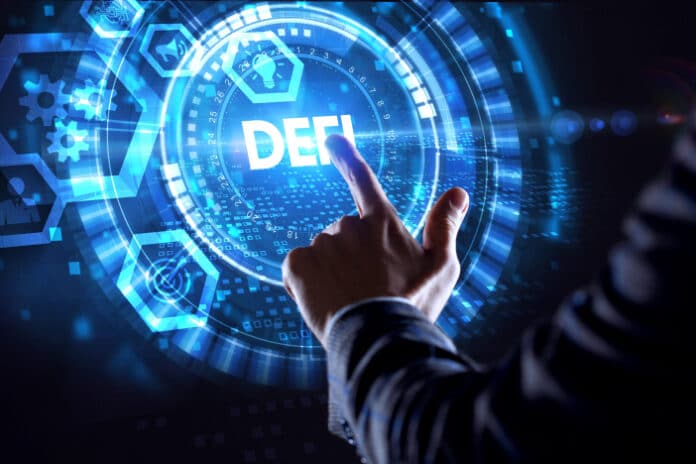Blockchain and decentralized finance (DeFi) projects are under attack from hackers exploiting vulnerabilities in the code to steal funds. This article will look at some of the flaws that let hackers attack blockchain and DeFi projects. We will also discuss project developers’ steps to secure their platforms and protect user funds.
Cyberattacks on Blockchain and DeFi’s current situation
In 2021, cyberattackers stole an estimated $1.8 billion from blockchain and decentralized finance projects, which is a significantly higher amount than was stolen in previous years as the popularity of these projects has grown. The blockchain is a digital ledger that records cryptocurrency transactions in a difficult way to change, making it a good choice for managing assets and transactions and smart contracts, finance, and legal agreements. Blockchain has led to the emergence of decentralized finance in recent years. DeFi financial products and systems are an alternative to traditional banks and services, relying on decentralized technologies and smart contracts to operate.
Threat actors are now targeting DeFi, NFTs, and cryptocurrencies. They use vulnerabilities, logic errors, and programming flaws to steal digital funds from their victims. They also perform phishing campaigns to steal digital funds from their victims. Microsoft introduced the term ‘cryware’ to the dictionary of digital threats in May. The new term describes malware designed to steal information from cryptocurrency wallets that are not protected by a password or other security measure, also known as ‘hot wallets’. Cryware is a type of malware that forces users to watch an advertisement or pay a ransom to regain access to their device or data.
How are hackers attacking blockchain?
One of the most common methods that hackers use to attack blockchain is exploiting vulnerabilities in smart contracts, which are self-executing programs on the blockchain used for automating tasks and executing agreements. In Ethereum’s $50 million Parity wallet hack, attackers exploited a vulnerability in the code to steal funds from multi-signature wallets.
In other instances, threat actors take advantage of ‘51% attacks’ when a single entity or group gains control over 51% or more of the computing power on a blockchain network. They can then manipulate transactions and prevent others from completing legitimate actions on the network.
Another tactic is performing phishing attacks, where threat actors send fake emails or set up fake websites to trick victims into providing sensitive information like login credentials.
How are hackers attacking DeFi projects?
Hackers also target decentralized finance projects, where they can exploit vulnerabilities in code or manipulate trading on decentralized exchanges to steal funds.
In 2020, hackers exploited a vulnerability in the code of DeFi lending platform dForce to steal $25 million worth of cryptocurrency. In another attack, hackers manipulated trade prices on Uniswap, a decentralized exchange, to steal $3 million in cryptocurrency.
How can blockchain and DeFi projects protect themselves?
Project developers can take steps to secure their platforms and protect user funds, which includes performing regular security audits, implementing multi-signature wallets, and leveraging updated encryption technology. They should also educate users on the importance of securely storing their digital assets, using strong passwords, and monitoring for phishing attempts.
While blockchain technology offers a secure way to manage digital assets and transactions, project developers and users must stay vigilant against cyber threats. By taking the necessary precautions, we can work towards protecting our funds and ensuring the success of blockchain and DeFi projects.
Conclusion
Despite the potential benefits of blockchain and DeFi, they are still vulnerable to cyber-attacks. Project developers and users need to take steps to secure their platforms and protect against threats like exploiting vulnerabilities in code or phishing attacks. By staying vigilant, we can ensure the success of these technologies in the future.

